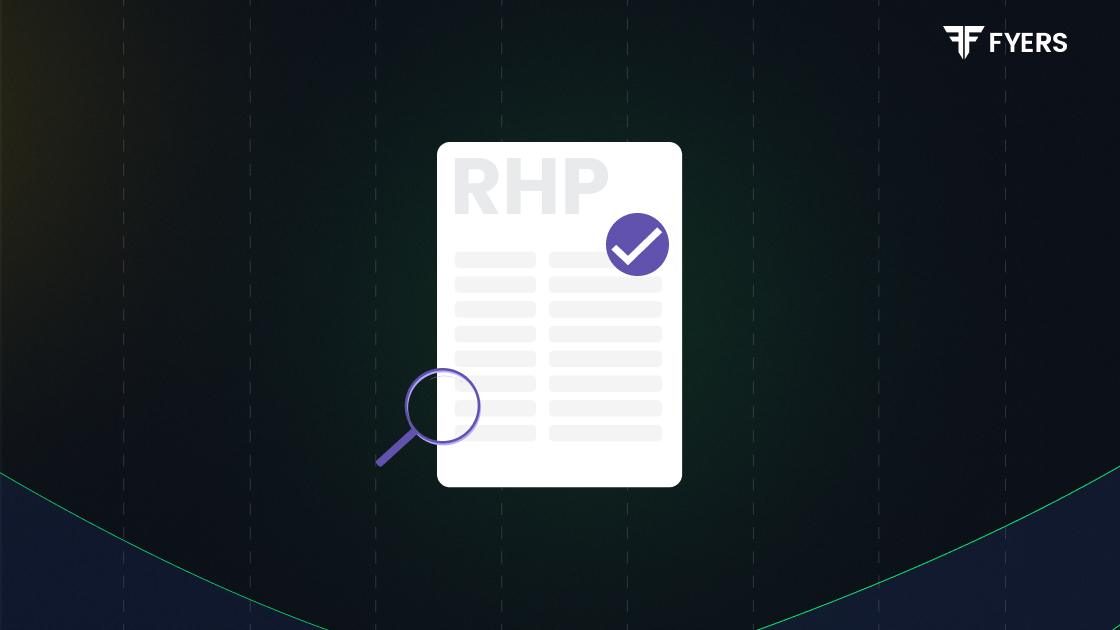

 9 Dec, 2024
9 Dec, 2024
 2 mins read
2 mins read

A Red Herring Prospectus (RHP) is a vital document in the realm of Initial Public Offerings (IPOs). Acting as a preliminary prospectus, it provides essential details about a company aiming to go public, enabling potential investors to make informed decisions. However, it excludes specific information such as the IPO price and the number of shares offered, which are finalized later. Let’s explore the nuances of the RHP, its importance, and its role in the investment landscape.
The Red Herring Prospectus, a precursor to the final prospectus, is filed with the Securities and Exchange Board of India (SEBI). It provides detailed information about the company’s financials, business model, objectives for raising funds, and potential risks. While comprehensive, it lacks definitive pricing and share details, making it an evolving document.
The term "red herring" originates from the bold disclaimer printed on the prospectus's cover page, signaling its preliminary nature.
Offer Details
The RHP outlines the purpose of the public offering, including how the funds will be utilized. Whether it’s for expansion, debt repayment, or working capital, this section is critical for understanding the company’s objectives.
Company Financials
It includes financial statements and historical data, offering insights into the company’s fiscal health. This helps investors gauge the viability of their investment.
Industry Overview
The RHP positions the company within its industry, discussing trends, competition, and market potential.
Management and Governance
Detailed information about the company’s promoters, directors, and management team is included, highlighting their qualifications and track record.
Risk Factors
Potential risks, ranging from market volatility to pending litigations, are disclosed, helping investors assess the uncertainties involved.
The Securities and Exchange Board of India (SEBI) ensures that the RHP adheres to strict regulatory guidelines. Filing an RHP is a mandatory step in the IPO process, aimed at promoting transparency and protecting investor interests.
Investors can make informed decisions by carefully examining the RHP. The document provides insights into the company’s financial health, business strategies, and potential risks. It is an indispensable tool for evaluating the potential of an IPO.
By understanding the offer details, industry trends, and risk factors outlined in the RHP, investors can align their investment strategies with their financial goals. Moreover, the RHP serves as a benchmark to compare the company with industry peers.
The Red Herring Prospectus is more than a preliminary document—it is a window into a company’s potential and a cornerstone of informed investment decisions. By providing a detailed glimpse into the company’s operations, financials, and risks, the RHP empowers investors to align their investments with their financial goals.
For a seamless IPO journey, open a demat account with FYERS today. Stay informed and make confident investment decisions backed by robust tools and insights.
Calculate your Net P&L after deducting all the charges like Tax, Brokerage, etc.
Find your required margin.
Calculate the average price you paid for a stock and determine your total cost.
Estimate your investment growth. Calculate potential returns on one-time investments.
Forecast your investment returns. Understand potential growth with regular contributions.